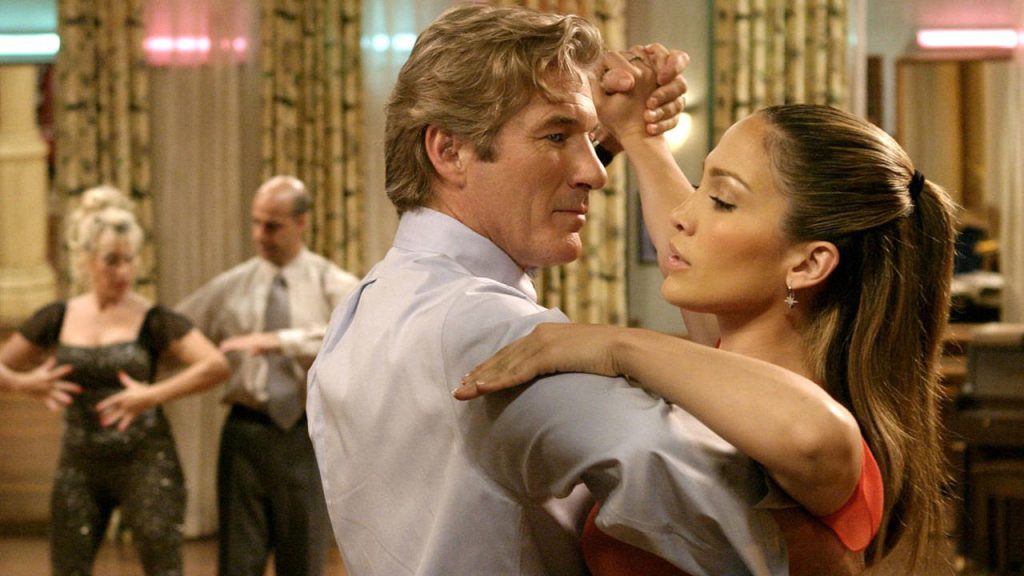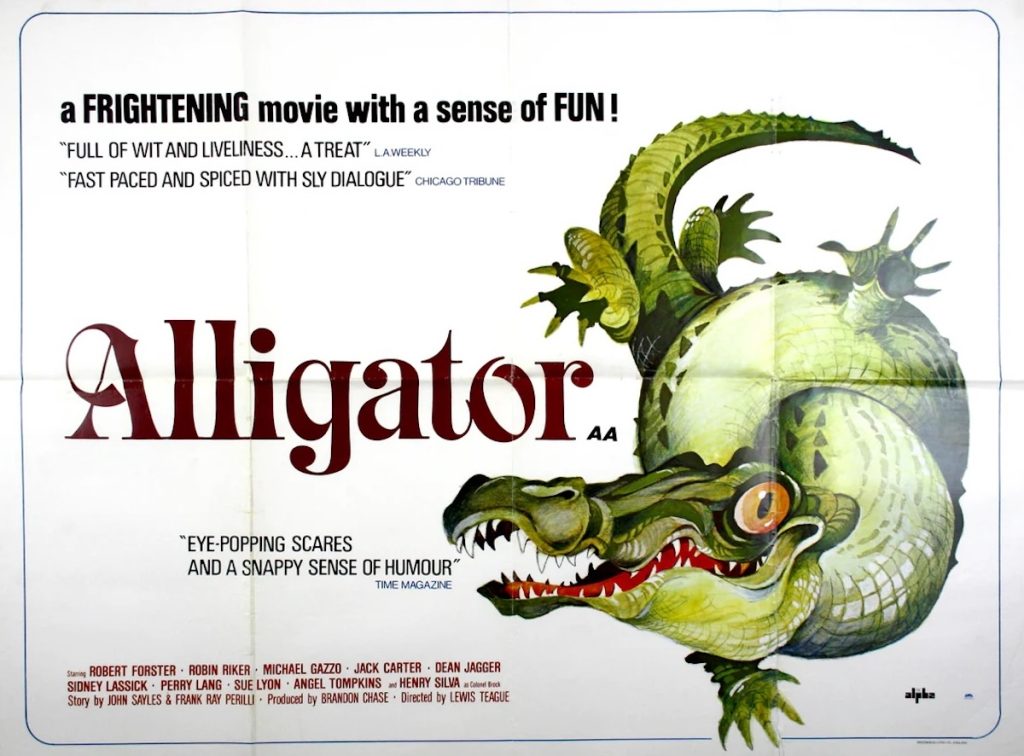Before it became synonymous with horror, Hammer Films’ bread and butter were the “quota quickies” it pumped out in the years following World War II to provide product for British movie screens. Many were mysteries and crime thrillers, but they also tackled dramas and even a light comedy or two. The tide began to turn in 1953, however, when their in-house director Terence Fisher made two science fiction films (The Four Sided Triangle and Spaceways), and the BBC aired Nigel Kneale’s first serial, The Quatermass Experiment. Billed as “A Thriller for Television in Six Parts,” the series was such a sensation Hammer snapped up the rights and entrusted the project to Val Guest. Another in-house director, Guest co-wrote the adaptation with Richard Landau, a fellow Hammer vet who co-wrote (among other things) Fisher’s Spaceways. Clearly, more was expected of this than the standard quota filler.
To capitalize on Kneale’s creation, Hammer cast American star Brian Donlevy as rocket scientist Bernard Quatermass, giving them an entrée into the lucrative US market. Putting aside the curious notion that the British Experimental Rocket Group would be headed up by a Yank, Donlevy’s brusque acting style was in stark contrast with Reginald Tate’s more measured performance in the original. Tate’s Quatermass did lose his temper on occasion, however, and both actors had little trouble tapping into the character’s prickliness. The main difference is Tate’s interpretation developed over six 30-minute episodes, while Donlevy had a mere 75 minutes from the moment he’s introduced racing to the site where Britain’s first manned space rocket has crashed.
This is a major change from the serial, which spends half its first episode with Quatermass and his assistants desperately trying to regain contact with their errant rocket and bring it – and its three occupants – down safely. In the interest of further streamlining things, Guest and Landau eliminate entire characters and subplots, placing the focus squarely on Quatermass and Victor Carroon, the one member of the crew who comes back in one piece, though not necessarily all there. Meanwhile, Carroon’s wife Judith, who was Quatermass’s first assistant and a brilliant mathematician in her own right on the telly, has her role reduced to that of the concerned spouse.
Also MIA is a persistent newspaper columnist who shadows Quatermass every step of the way as he tries to solve Kneale’s sci-fi spin on a locked-room mystery. In this, the professor is aided by Scotland Yard Inspector Lomax, a less antagonistic presence in the film, where he’s the source of some of the comedy Guest injects into the proceedings to make them less grim. Regardless, there’s little that can sugarcoat the implications of what the story’s alien invasion could mean for all life on the planet if it isn’t halted in time. It’s worth noting, however, that while Kneale’s script climaxes with the intellectual defeat of the creature, Guest opts for more of a pyrotechnical punch.

Anticipating the film would be their first to garner an “X” rating from the British Board of Film Censors, for its (mostly implied) gruesomeness, Hammer dropped one letter from the title to emphasize that The Quatermass Xperiment was for adults only. When it was distributed stateside by United Artists the following year, the title was changed to The Creeping Unknown since the name Quatermass meant nothing to American viewers. It was also shortened by a couple of minutes, eliminating some of Les Bowie’s ghastlier special effects, which are aided by the cinéma vérité shooting style Guest employed. The space race was on, but Kneale was ahead of the curve, and Guest wanted his film to seem as plausible as possible.
Two short months after The Quatermass Xperiment was released in the UK – becoming Hammer’s greatest box office success to date – Prof. Quatermass was back on the Beeb in Quatermass II, which Hammer again optioned. This time, Kneale insisted on writing the screenplay with Guest, though he was unable to persuade the company not to bring Donlevy back as the title character. (The sequel also underwent a name change for the American market, where it was known as Enemy from Space.) He got his way one decade later when Andrew Keir was cast in 1967’s Quatermass and the Pit, adapted from Kneale’s 1958 serial and directed by Roy Ward Baker. By that time, Hammer’s reputation for gothic horror was firmly established, though it did attempt to vary the formula periodically until closing up shop in the early ’80s.
Meanwhile, Kneale had one more Quatermass story in his quiver, but that didn’t see the light of day right away because the BBC passed on producing it in the early ’70s. Eventually made by ITV in 1979 – simultaneously as a four-part miniseries and theatrical feature – The Quatermass Conclusion was aptly titled, signaling Kneale was ready to give the beleaguered scientist a well-deserved rest.
Streaming options for “The Quatermass Xperiment” are limited, but it is available on Blu-ray from Kino Lorber and on 4K UHD from Hammer.



